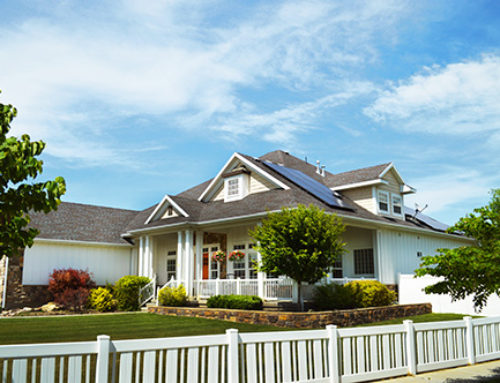Wondering why it’s so hard to get people to switch to solar energy?
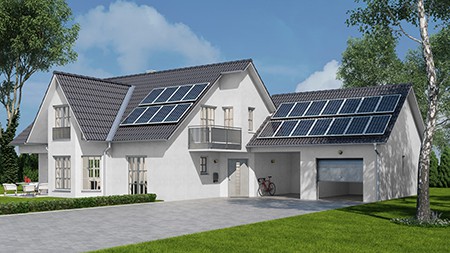
Solar energy has many benefits to both individuals and society at large. Solar provides clean, sustainable energy from the sun, a power source that is not going away anytime soon.
As the number of total solar innovations continues to increase, the cost of a built well solar system continues to decrease. For the homeowner, going solar generally means the reduction or elimination of an expensive electricity bill. With the growth in solar power ability and the benefits to the homeowner, solar power use should be growing much faster than its current rate.
Why are people slow to adopt solar power?
A High Upfront Cost
While solar power saves people money over time, the upfront cost can be discouraging. More people might be willing to put up a small amount of savings as solar farm investors than to put a large amount of money into a personal home project.

Installing a solar system into a home can cost as much as a renovation without the benefit of a new bathroom or living space at the end. This cost is even more expensive if the homeowner is trying to get off the electric grid altogether and run the home off direct solar supply. As more people look to equip their homes with solar power ability, some installers are offering payment plans like those used when purchasing appliances or an automobile, making the project more affordable over time.
The Inconvenience of Construction
Like any major home project, a solar system involves the inconvenience of construction. There is never a good time for the house to be in disarray; to have trucks taking up the driveway and workers on the roof. Often, such projects are not undertaken simply to avoid the hassle.
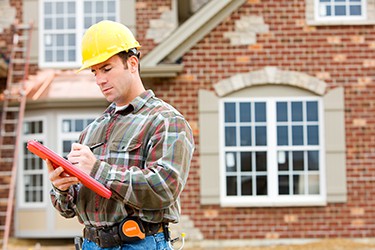
Some homeowners find it difficult to obtain multiple quotes from installers or make sense of the quotes they receive. A built well solar system involves many pieces of equipment, from solar panels to a converter to a current limiting switch. It is difficult to know how much any of these unfamiliar pieces of equipment should cost. It is also a challenge to compare models of unfamiliar products.
Another limiting factor can be the house itself. Some houses are in places where there is low solar power feasibility, either because of the angle of the roof or the lack of sunlight. For there to be solar power viability, the sun must hit the solar panels for a good part of the day. Also, a house that was not designed for solar secure solutions may have problems with installation. For example, a house with a pre-existing rooftop deck or skylights may make a solar project difficult.
A Lack of Understanding of Solar Energy Technology
Solar energy seems a little bit magical.

Many people have driven by a solar farm or one of the growing numbers of solar land solutions seeing row after row of black panels facing the sun. They know that these panels generate electricity but not exactly how. Many questions might arise. What happens when it rains or is cloudy? What happens at night? Are solar panels inefficient? These unknown factors might discourage someone from taking on a solar project.
It is difficult to explain how a photon from the sun hits a panel that turns it into an electric current, a current that then travels via an inverter and photovoltaic switch to give power to a lamp or appliance. It is even more complex to understand how that energy can be sent into the general power grid. The idea of clean, solar energy is attractive, but the science behind solar secure solutions can be a challenge to understand.
Another worry is the safety of having a power-producing system attached to the house, especially if the homeowner does not fully understand the technology. There can be concern about the possibility of accidents or home damage around high voltage equipment. More education needs to be done about safeguards such as a current limiting switch or photovoltaic switch that keep the system under control.
An Unsupportive Infrastructure
Solar infrastructure is growing, but it is not at the level it needs to be for a full shift to solar technology. Power grids are still designed for working with the constant levels of power provided by traditional power plants and not the cyclical production of solar power. As the number of solar farm investors grow along with the total solar innovations available, solar infrastructure will be forced to grow as well.
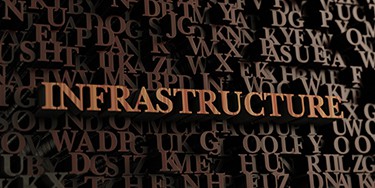
Solar power feasibility will also depend on the way utility companies handle billing for homeowners with solar power systems. While a direct solar supply can take a homeowner completely off the grid, most homeowners will need to be connected to the power grid. In states that use a net-metering system, the homeowner sees the most benefit. Utility companies must give the homeowner a credit for every unused kilowatt-hour. Extra power produced during the day pays for power used at night when the sky is dark and solar panels inefficient. If even more power is produced, the system owner is paid by the utility company.
However, other states allow for different billing systems that reduce the financial benefit of solar power systems. Here the utility companies argue that solar power system owners need to pay for the maintenance of the power grid. They use increased fees or increased minimum monthly bills to raise costs for the homeowner. Another strategy is time of use billing. In this way of billing, power rates are raised during times of peak use or times when solar panels would not be producing.
While billing practices may limit solar power viability for now, the demand for solar energy will continue to grow. The infrastructure for solar power will expand as more and more solar land solutions come online. Issues around power fluctuations will be handled by the combination of several sustainable power sources in a local area. For example, the grid might be powered by solar panels during the day and a mix of hydroelectric, wind and natural gas power at night.
The Solar Future
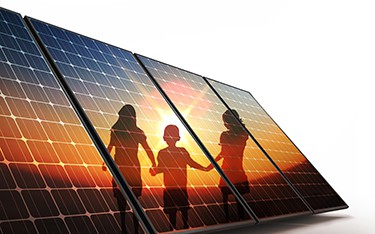
Although some homeowners are slow to get into the solar market now, it will not be long before solar panels are just a standard part of home construction and remodeling. States offer incentives for new solar products. Solar companies are offering more financing options. Homeowners are looking for ways to improve the environment. Society will benefit from the switch to clean solar power for years to come.
